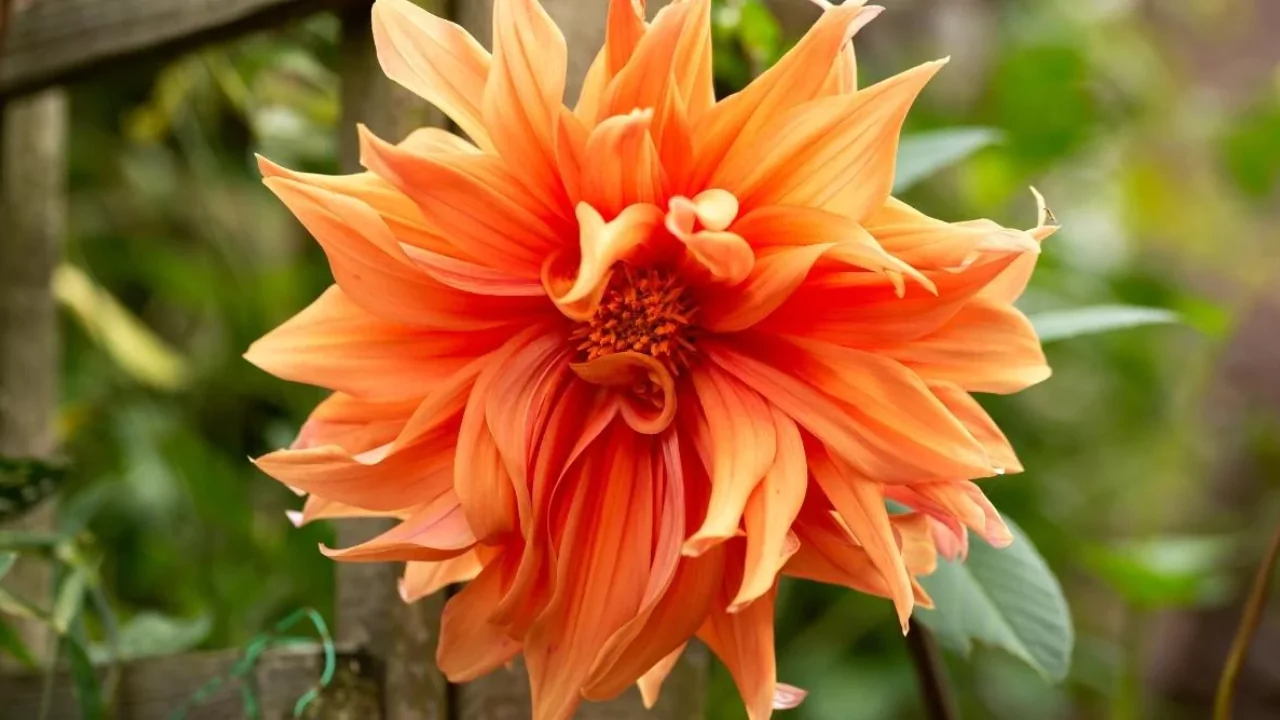
Are you on the lookout for vibrant orange flowers to spruce up your garden this growing season? We can relate to you. Coupled with cheer and warmth, the color orange is sharply energetic sitting between red and yellow in the color spectrum. The flowers blossom sunny joy while radiating creativity, stability, health, and fun.
The sunshine hue enhances a sensation of well-being while boosting positive energy—feelings that everyone who enters your garden will experience. Florals of that tone will bathe gardens in vivid tints while being flamboyant at the same time.
Orange as a hue has an eye-catching quality since it combines calmness from the colors Red and Yellow while dozing off Pink. New breeds arise every day so we are looking forward to finding around thirty distinct florals featuring tones analogous to orange .
Below is a compilation bound by nurturing guidelines that highlight exquisite reddish blooms together with care instructions tailored to kick start your nourishing journey towards an enchanting orange flower patch.
One small warning: should your blossoms bloom harmoniously aligned, idyllic spring will turn you into envy for many neighbors each looking out their window drawing images of perfect residences accompanied by shimmering magic.
Did we miss any of your favorite orange flowers? Leave a comment and tell us about it!
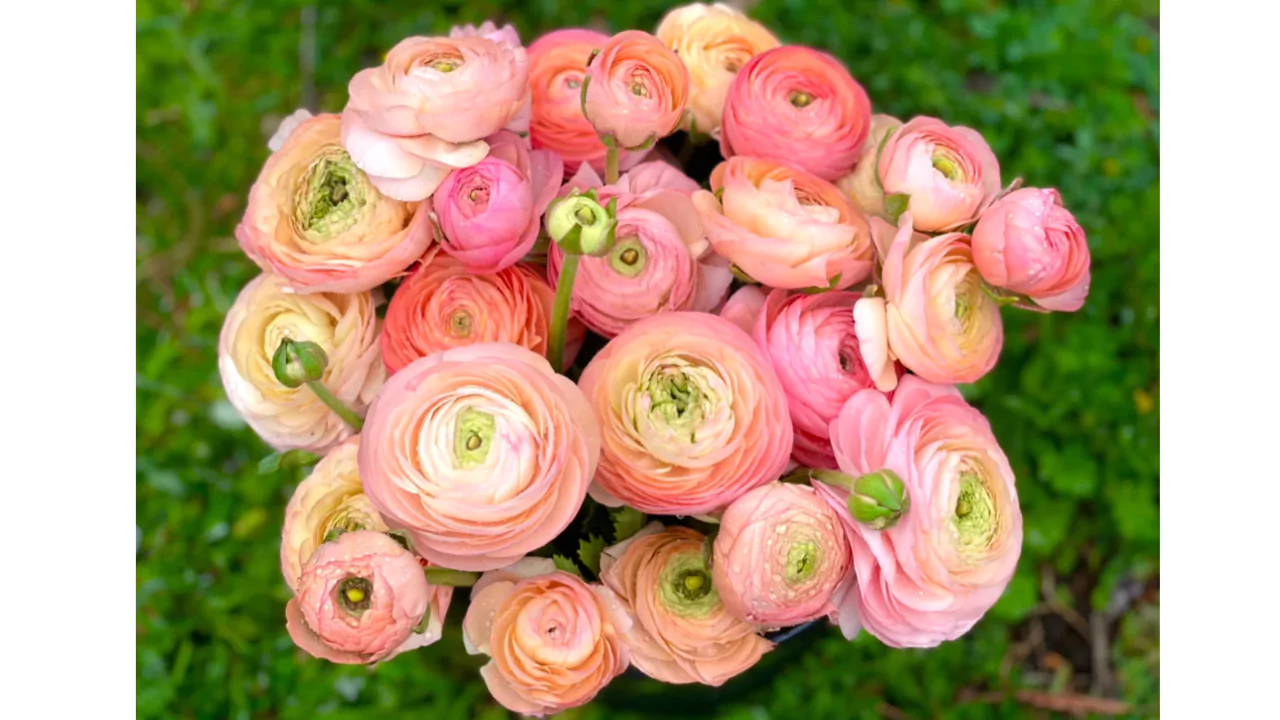
Ranunculus
Strikingly beautiful in their colors, ranunculus blooms are one of a kind as they have multiple layers. Their interesting long stems elevate these to be admired by everyone. At the end of summer, they fade to a yellowish color.
And during this stage, consider cutting them and bringing indoors. In a vase, they can live and age gracefully while providing beauty to your home decor. It is ideal to leave some foliage behind because green leaves are essential for photosynthesis and energizing for next year’s blooming.
The best growing zones for ranunculus are 8 through 11. They prefer full sun exposure with well-drained soil.
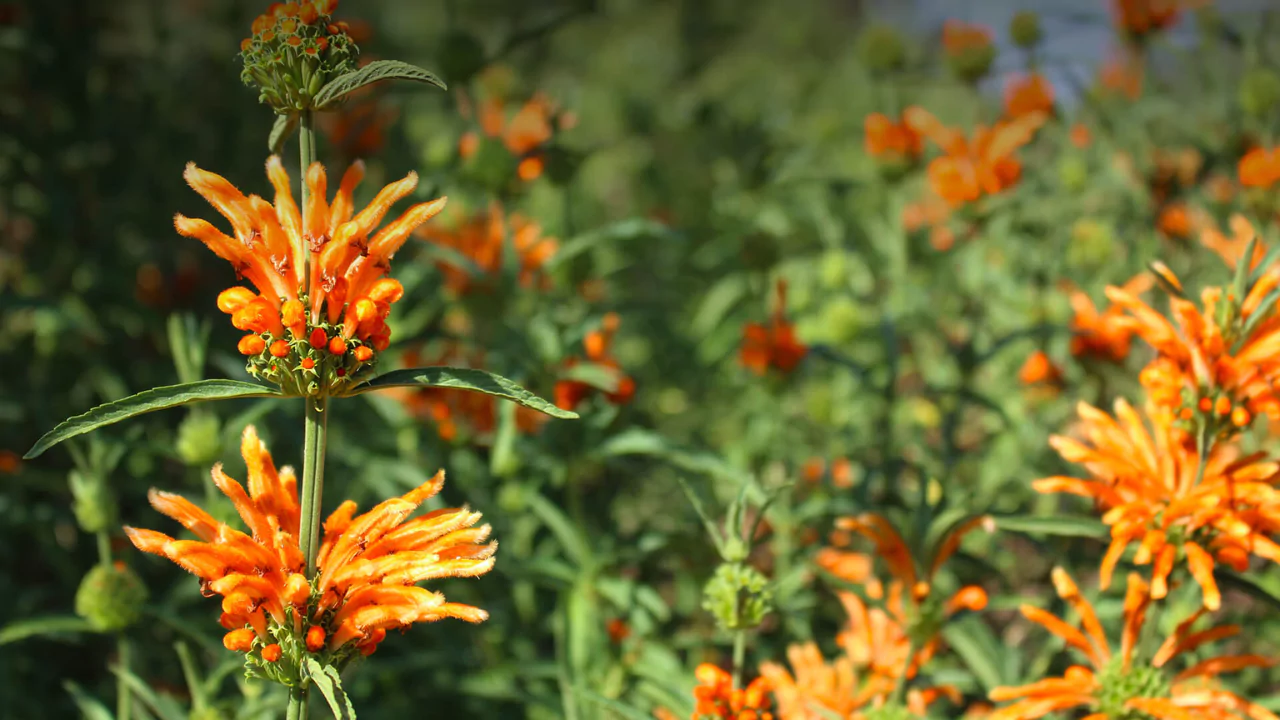
Lion’s Tail
Exotic looking lion’s tail (leonotis leonurus) is an expressive perennial that has bright orange blooming flowers which outshine other plants.
While the blooms are captivating and stunning like no other, use caution when handling lion’s tail as its thorns are sharp like claws of beasts found in jungles. This unique plant is a must have for every garden due to its resilient drought resistance durability that keeps it healthy throughout the season.
Lion’s tail grows best in full sun well drained soil in zones 10-11.
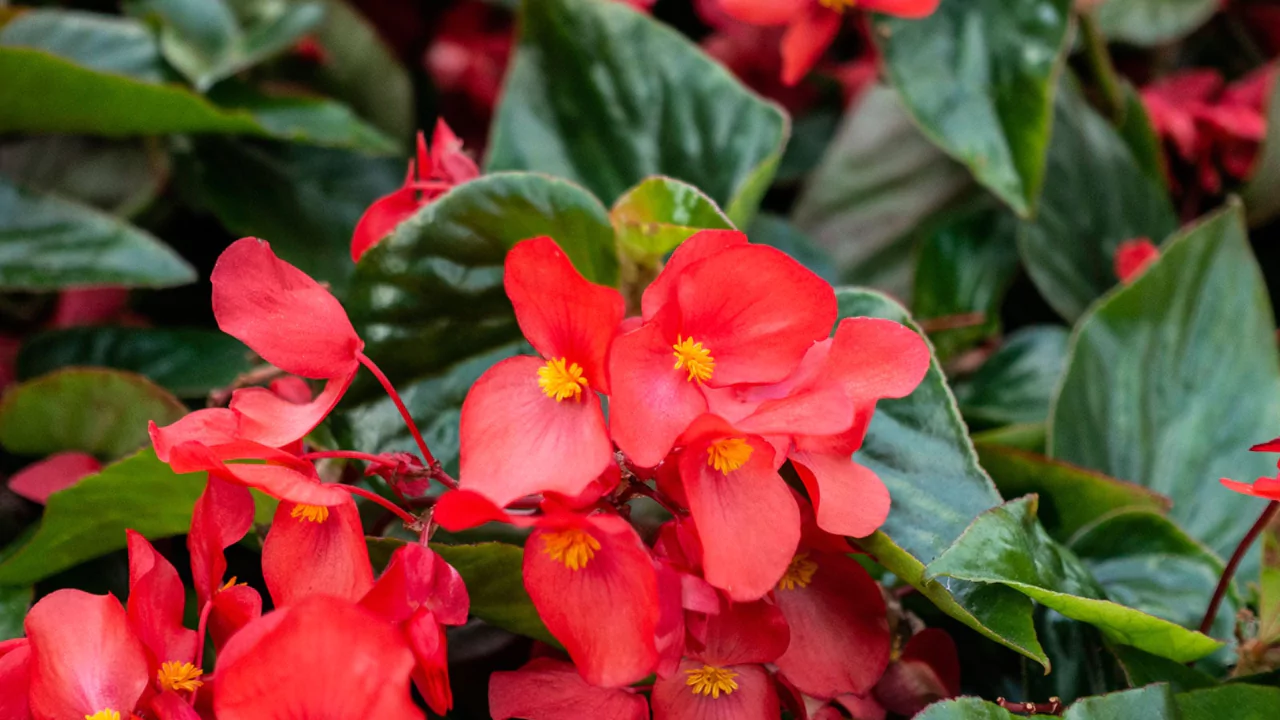
Begonia
Plant begonias between taller flowers that bloom first and can shelter them from strong breezes. Remember to get a orange begonia, because they come in many different colors.
With dark green foliage underneath, the large double blooms of bright colored begonias are truly striking for any observer. Be careful not to overwater their soil but maintain consistent moisture.
Zones 6-11 have comfortable temperatures for begonias which prefer moist and well draining soils alongside partial shade and full sun.
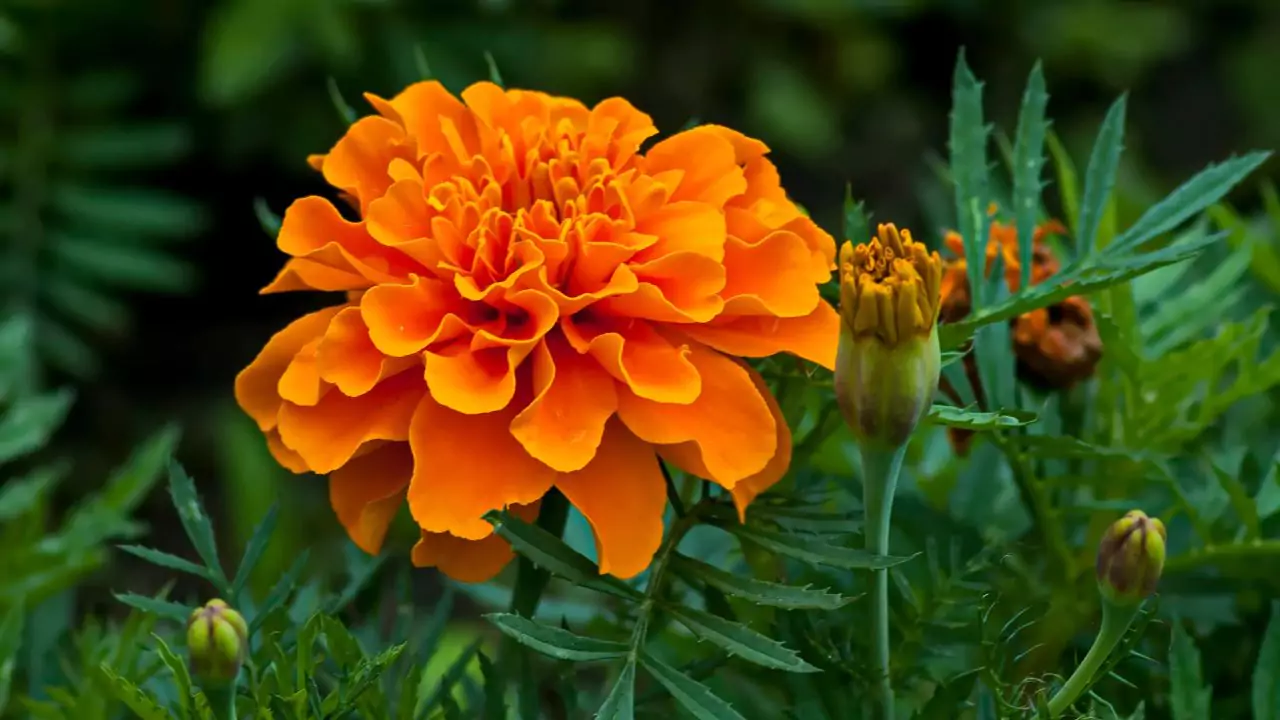
Marigold
Tagetes paricularly stands out as an annual flower due to its wide spread use in home gardening. This is because Tagetes blooms with intense color for an entire summer, providing great display all through summertime . Its ruffled feather petals are also quite stunning, allowing it to be compared to blooming carnation.
Marigolds do best when fully exposed to sunlight and do not appreciate light watering, preferring deep irrigation instead . Make sure that all the soil surrounding the base of the marigold should be dry before re watering it at the base where plant driop should avoid wet bloosoms.
In zones 9-11, tagetele will thrive with well drained drylands whilst enjoying full radiant sun heat.

Gerbera Daisy
The Gerbera daisy displays a striking yet gentle beauty, ranging from 2 to 5 inches in diameter. Its bloom shape resembles that of sunflowers and the gerbera daisy love to bask in sunlight just like them.
The only disadvantage to these lovely daisies is their proneness to crown rot if the crowns are buried too deep within soil. Therefore, be sure to plant them with crowns above ground level and monitor the plants so that they do not sink into the ground due to watering and weight.
The Gerbera daisy thrives in zones 9-11, in full sun and well-drained soil.
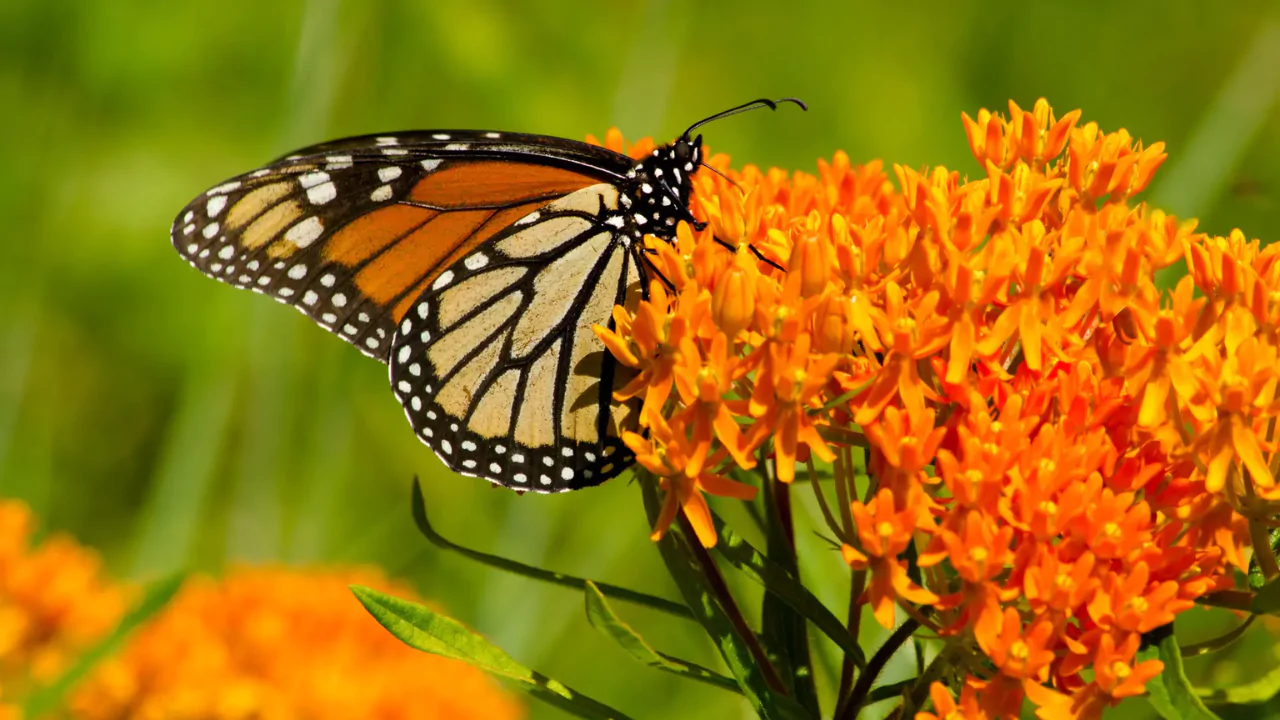
Butterflyweed
To some degree, nomenclature related to butterflies could be somewhat misleading toward its nature-due to the fact that Butterflyweed lacks invasive qualities of a weed; however it classifies as a bushy perennial featuring clusters of bright flat-topped orange flowers which command attention from afar.
These gorgeous blossoms do have one notable downside: they tend to attract aphids. Pear-shaped aphid pests can easily invade plants unless harmed or blasted away with water, so it is smart for fingers to run on the underside of their lance shaped leaves few times per week for bug prevention.
Butterfly weed grows best in zones 3-9, requiring full sunlight and well-drained soil.
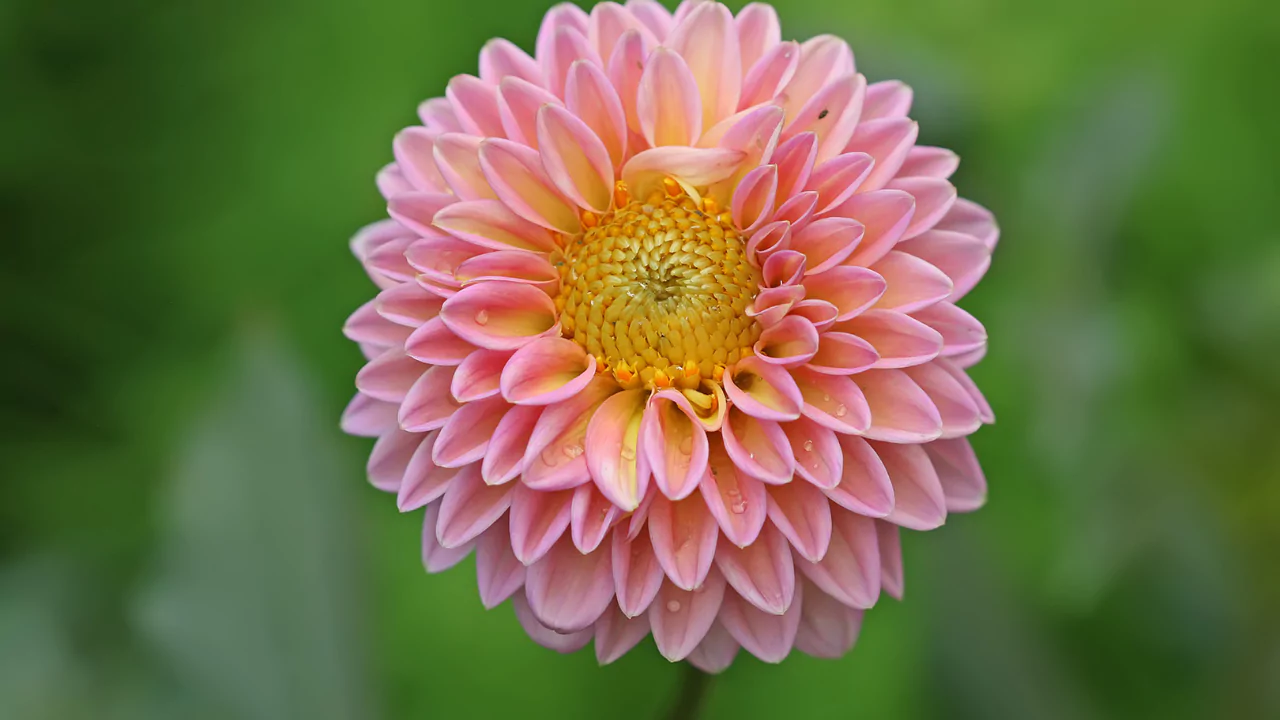
Dahlia
Petals of the dahlias bloom in exceptionally large flowers with deep orange color and curved spiked petals framing them symmetrically.
As for the temperature, wait until the ground warms to around 60 degrees as dahlias dislike cold temps. Maintain moist soil conditions but avoid overwatering which can result from a slow thirsty plant. Select orange colored varieties as dahlias come in many different shades.
Zone 8-10 is perfect for dahlia’s, while they thrive under full sun, moist yet well-drained soil is essential.
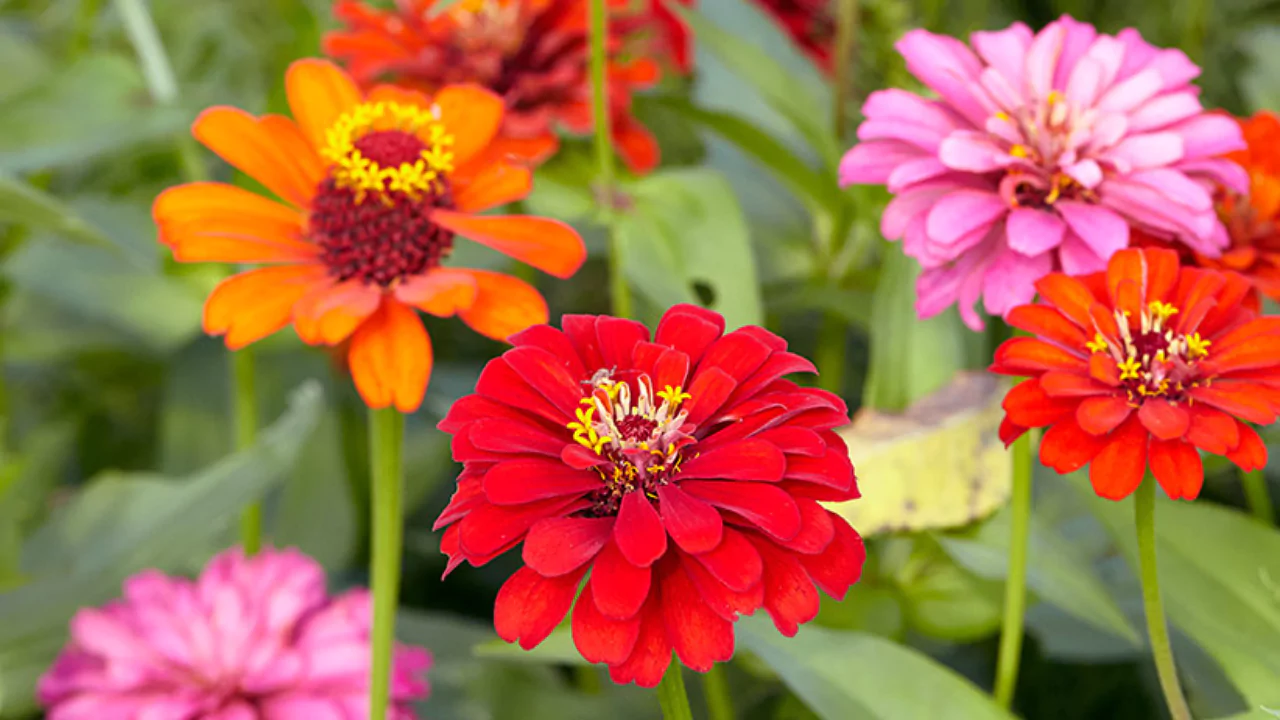
Zinnia
Zinnias always bring joy to any garden; their daisy-like blossoms glow aurally and are incredibly beautiful! These flowers bloom every year and reach heights of up to three feet tall, proudly standing like golden pillars watching over other comparatively shorter plants.
Gardeners adore zinnias not only because they are stunningly beautiful but very easy to please. With long slender stems that need medium stakes for light support.
To encourage ongoing flowering for the entirety of the season, deadheading should be practiced, which will result in the formation of new buds very rapidly. Light fertilization throughout several periods during the season is preferable compared to time-released fertilizers or single heavy doses.
Zinnias thrive in full sun and well-drained soil and are suited to grow in zones 3 to 10.
The eight orange flowers exhibiting vivid hues will not only enhance your garden but also delight anyone lucky enough to view this spectacle. The bright orange buds are bound to induce a warm feeling to you and your family along with promoting calmness, stress-free contentment, and inspirit days as one indulges in active pursuits.
When the time arises when you seek infusing some zest into your life, opt for orange flowers. These can be combined freely with other shades of orange or one can spice things up by adding red and yellow which magically pair with orange.